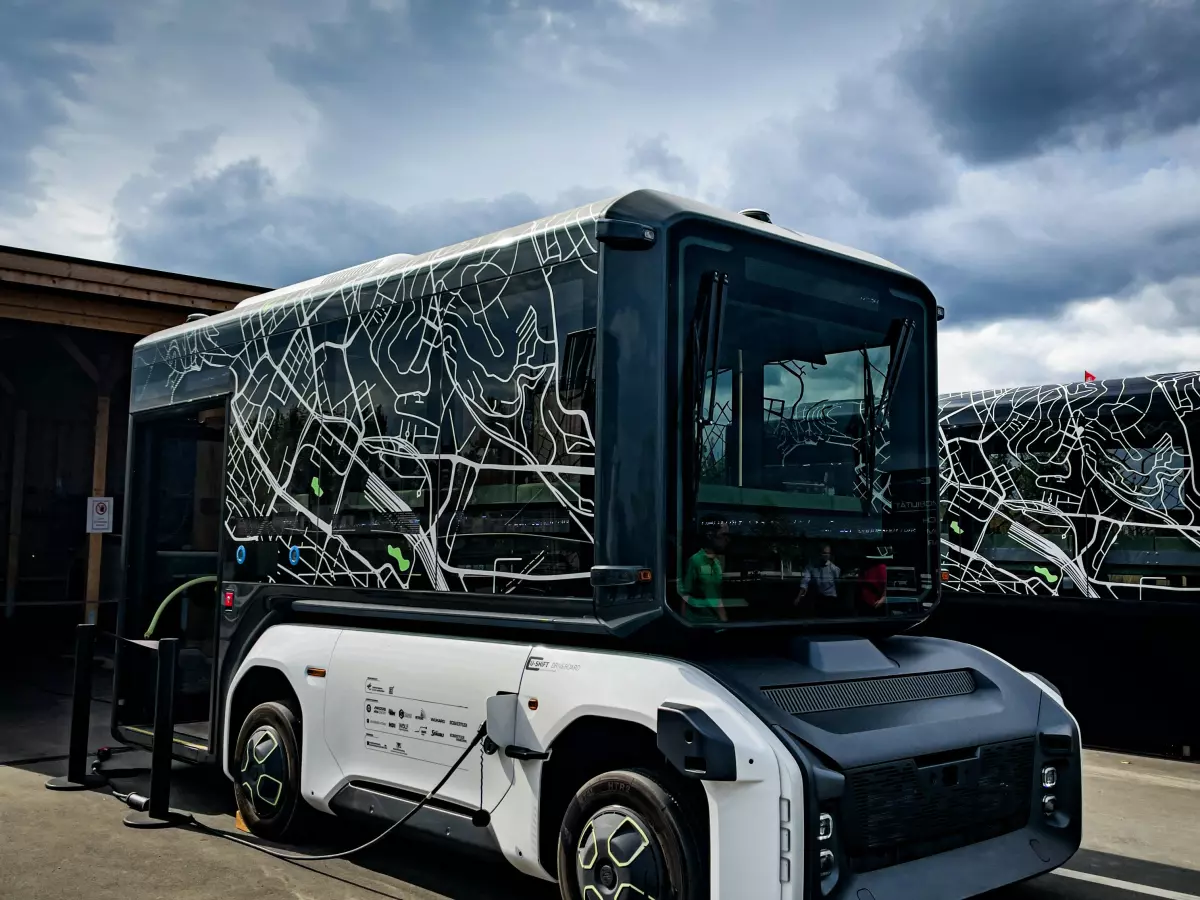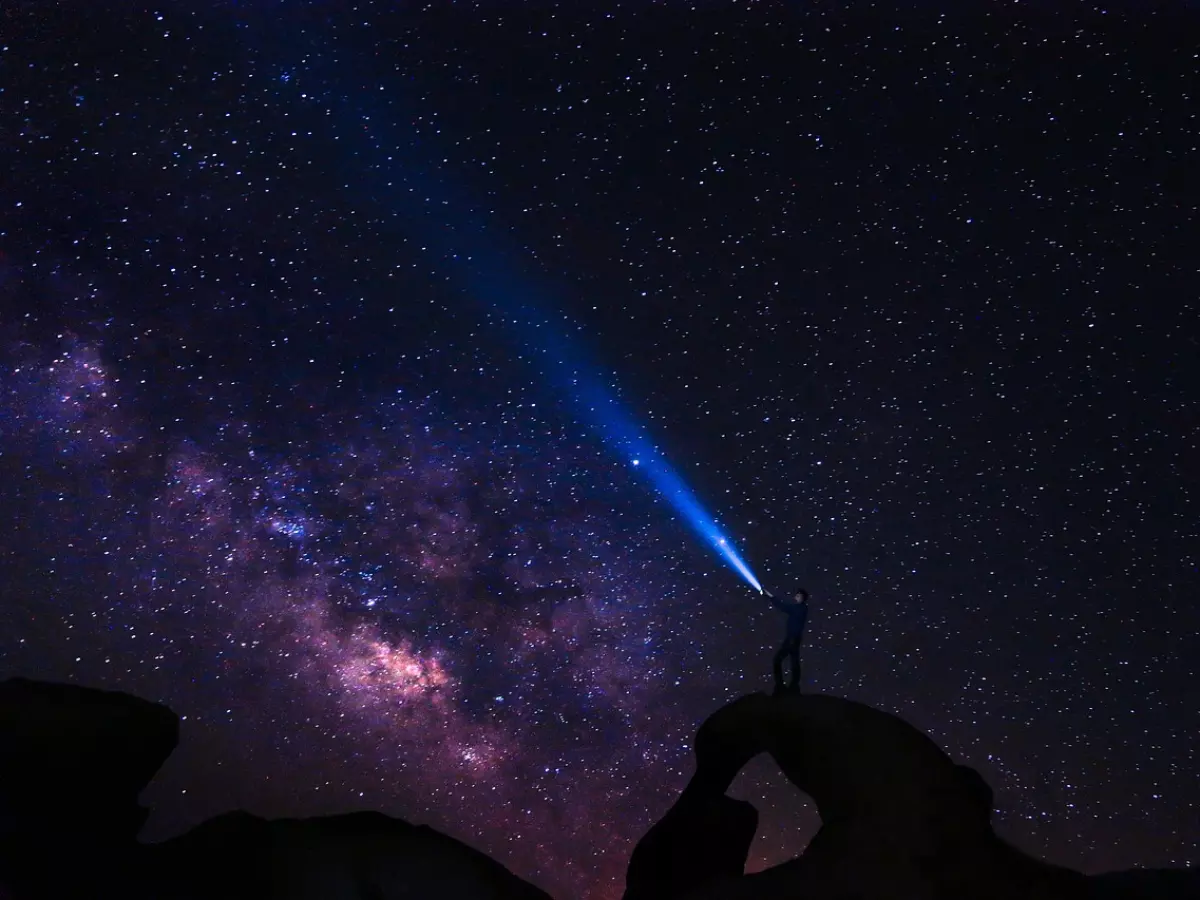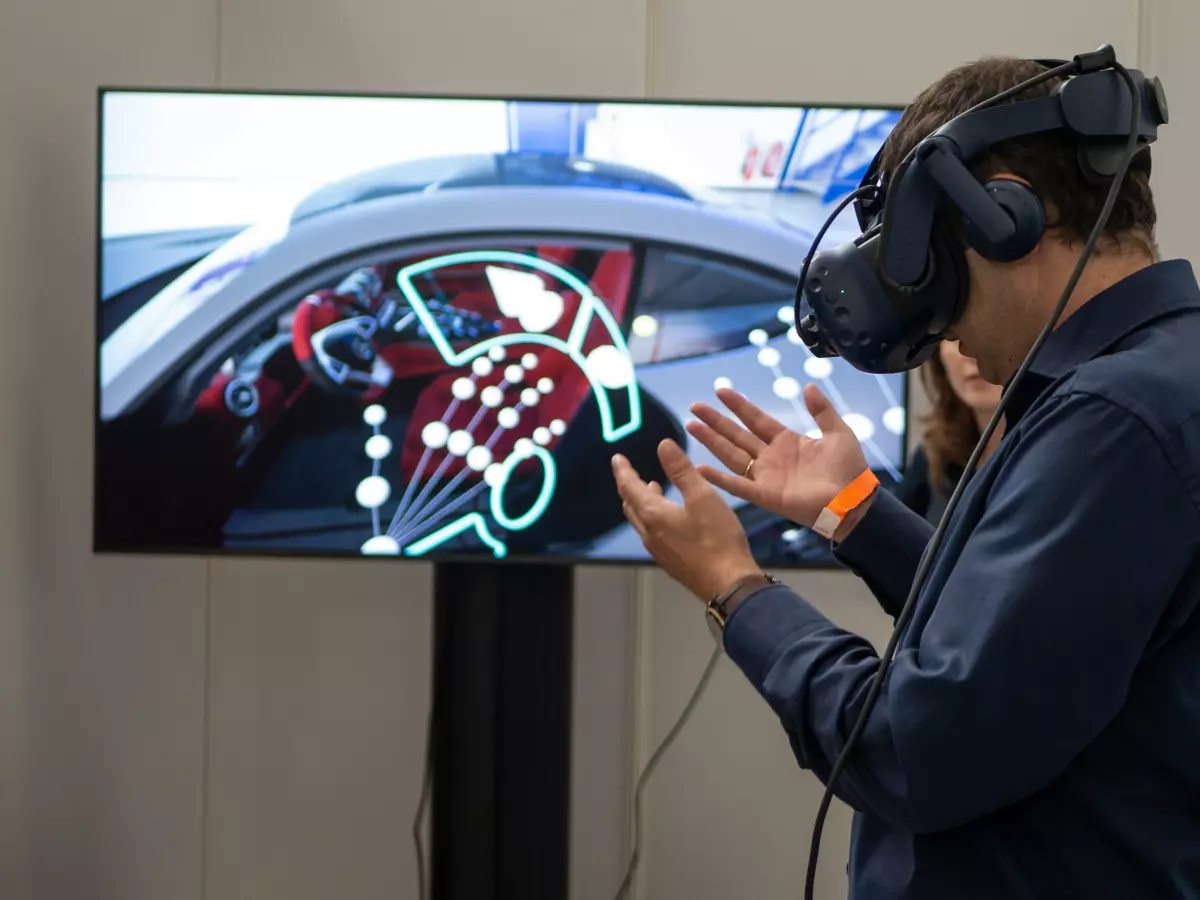AI Meets Creativity
For years, creativity was considered the last frontier that machines couldn’t cross. Sure, AI could beat us at chess, drive cars, and even diagnose diseases, but creativity? That was supposed to be a human thing. Until now.

By Alex Rivera
In the past, the idea of artificial intelligence (AI) creating art, music, or even writing novels seemed like a far-fetched dream. Creativity was seen as the ultimate human domain, something that machines could never replicate. After all, how could a bunch of algorithms and neural networks possibly understand the nuances of human emotion, culture, and imagination?
However, recent advancements in AI have turned this belief on its head. Today, AI-powered creativity is not only a reality but also a booming industry. From AI-generated art selling for millions at auction houses to machine-learning algorithms composing symphonies, the tech world is witnessing a creative revolution. And guess what? Tech stocks are taking notice.
Why Tech Stocks Are Betting Big on AI Creativity
So, why are tech companies pouring billions into AI-powered creativity? The answer lies in the potential for massive market disruption. AI is no longer just a tool for automating repetitive tasks or crunching data. It’s now a creative force that can generate entirely new forms of content, products, and experiences.
Take the entertainment industry, for example. AI-generated music, films, and even video games are becoming increasingly popular. Companies like OpenAI and Google are developing AI models that can create original content with minimal human input. This has huge implications for industries that rely on creativity, such as advertising, media, and entertainment.
But it’s not just about creating content. AI is also being used to enhance human creativity. Tools like Adobe’s Sensei and Microsoft’s AI-powered design assistants are helping artists, designers, and marketers push the boundaries of what’s possible. By automating mundane tasks and offering new creative possibilities, AI is empowering humans to be more innovative than ever before.
The Financial Impact: A New Goldmine?
From a financial perspective, the rise of AI-powered creativity presents a massive opportunity for tech companies. According to a report by PwC, AI could contribute up to $15.7 trillion to the global economy by 2030. A significant portion of this growth is expected to come from creative industries, where AI is already making waves.
Investors are starting to take notice. Tech stocks that are heavily invested in AI creativity are seeing a surge in interest. Companies like Adobe, Nvidia, and Alphabet are leading the charge, with their AI-powered tools and platforms driving new revenue streams. For example, Nvidia’s GPUs are essential for training the deep learning models that power AI creativity, while Adobe’s Creative Cloud suite is increasingly incorporating AI features to help users create faster and more efficiently.
Moreover, AI creativity is opening up new markets. For instance, AI-generated art is becoming a hot commodity in the world of NFTs (non-fungible tokens). Platforms like OpenSea and Rarible are seeing a surge in AI-generated digital art, with some pieces selling for millions of dollars. This trend is creating new revenue streams for tech companies that provide the infrastructure for these platforms.
Market Trends: What’s Next?
The rise of AI-powered creativity is just the beginning. As AI continues to evolve, we can expect even more disruptive innovations in the creative industries. Here are a few trends to watch:
- AI-Generated Content: Expect to see more AI-generated content in everything from social media posts to full-length feature films. Companies that can harness AI to create engaging, original content will have a significant competitive advantage.
- Personalized Creativity: AI is making it easier than ever to create personalized content at scale. Whether it’s personalized music playlists, custom-designed clothing, or tailored marketing campaigns, AI is enabling companies to deliver unique experiences to individual users.
- Collaborative AI: Rather than replacing human creativity, AI is increasingly being used as a collaborative tool. Artists, musicians, and designers are using AI to enhance their work, creating a new form of human-machine collaboration.
As these trends continue to unfold, tech companies that are at the forefront of AI creativity will likely see significant growth. Investors who recognize the potential of this emerging market could be in for a windfall.
The Risks: Not All That Glitters Is Gold
Of course, no investment comes without risks, and AI-powered creativity is no exception. One of the biggest challenges facing this industry is the ethical implications of AI-generated content. Who owns the rights to a piece of art created by an algorithm? What happens when AI-generated content is used to spread misinformation or manipulate public opinion?
These are questions that regulators and tech companies will need to address as AI creativity becomes more mainstream. Additionally, there’s the risk of market saturation. As more companies jump on the AI creativity bandwagon, the market could become overcrowded, leading to lower profit margins and increased competition.
Another potential risk is the backlash from human creators. Some artists and designers fear that AI could eventually replace them, leading to job losses and a devaluation of human creativity. While AI is currently being used as a tool to enhance human creativity, there’s always the possibility that it could eventually take over certain creative tasks entirely.
The Bottom Line
AI-powered creativity is no longer a futuristic concept—it’s happening right now. And tech stocks are betting big on this trend. From AI-generated art to personalized content, the potential for disruption is enormous. However, as with any emerging market, there are risks involved. Investors should keep a close eye on the ethical and regulatory challenges that could impact the growth of AI creativity.
In the end, the companies that can successfully navigate these challenges and harness the power of AI creativity will likely emerge as the big winners in the tech stock market. So, if you’re looking for the next big thing in tech stocks, AI-powered creativity might just be it.





